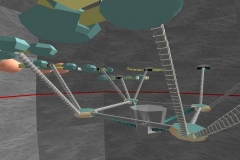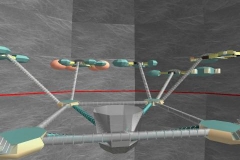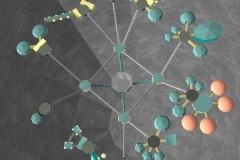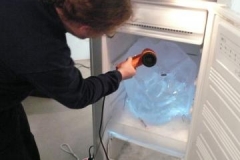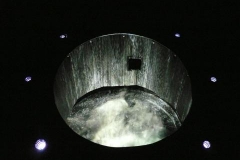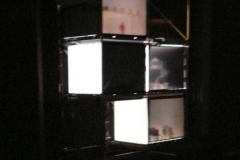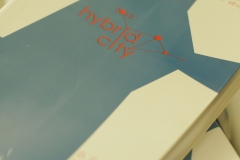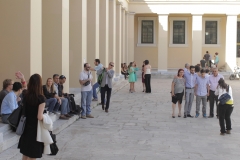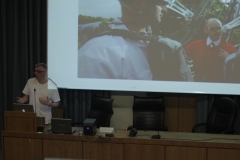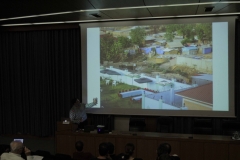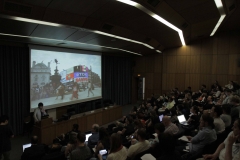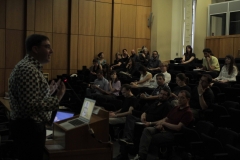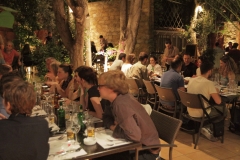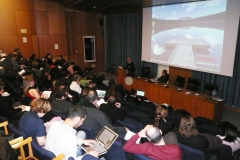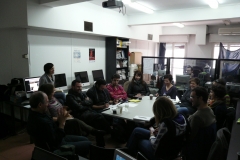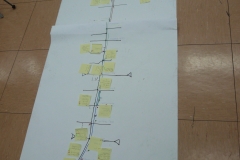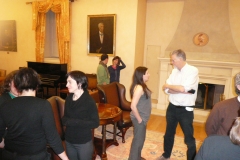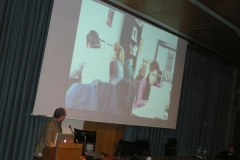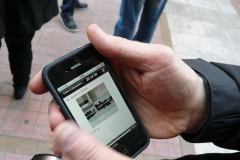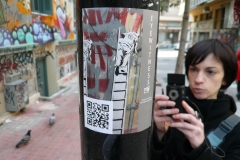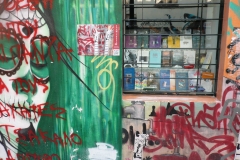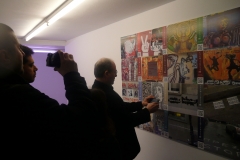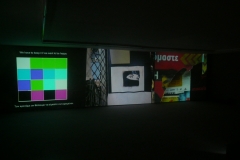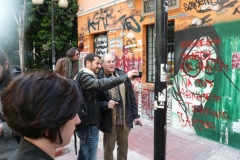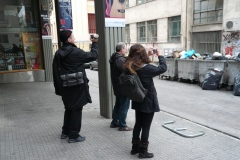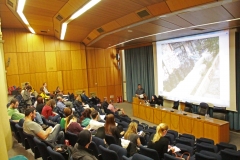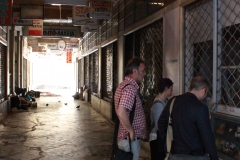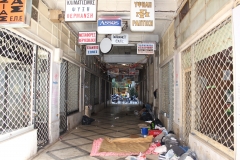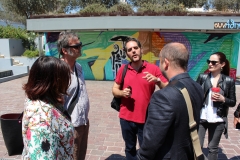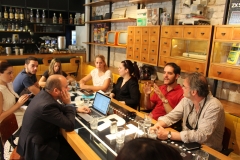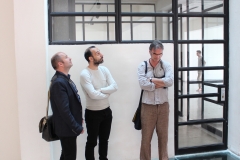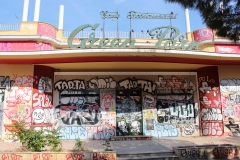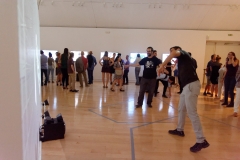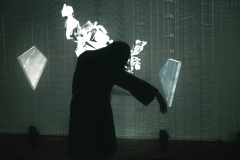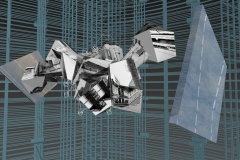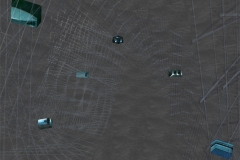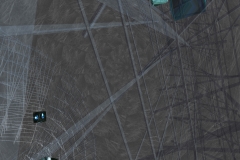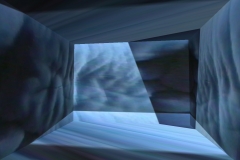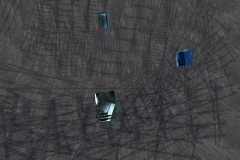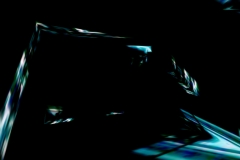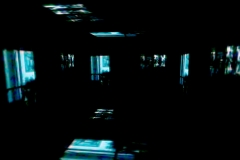Virtual Museum
In collaboration with the Virtual Reality Group of the Department of Informatics & Telecommunications of the National & Kapodistrian University of Athens under the direction of Prof. C. Halatsis.
[Greek General Secretariat of Research and Technology, EPET]
(1999 – 2001) Analysis, design and development of an immersive and a desktop virtual reality system as well as an on-line database, for presenting the content of 10 museums, under the title “Virtual Museum” (duration 30 months)
The aim of the project was the design and development of an immersive virtual environment (VE) that would function as a context within which the digitized content of 10 existing museums would be exhibited. The visitors of these museums would be able to interactively navigate through this virtual museum system, view the exhibits and interact with them. The project included the processes of exhibit digitisation, architectural design and exhibit presentation of ten museums with exhibits that varied from archaeological to geological and from hygiene to forensic. Through this project, the potential of a VE system as a context for exhibiting the content of a museum in a remote location was investigated, since it may afford a larger number of people the possibility of experiencing museum collections without having to be physically present at the exhibition space.
Furthermore, a second version (web-based) of the digital museum environment was created, featuring fewer representational and navigation capabilities, in order to be accessible through the web. This virtual environment could be used for educational, research and cultural purposes. Additionally, an administrative platform was developed in order to allow system administrators and museum curators to add and remove exhibits from the virtual museum.


